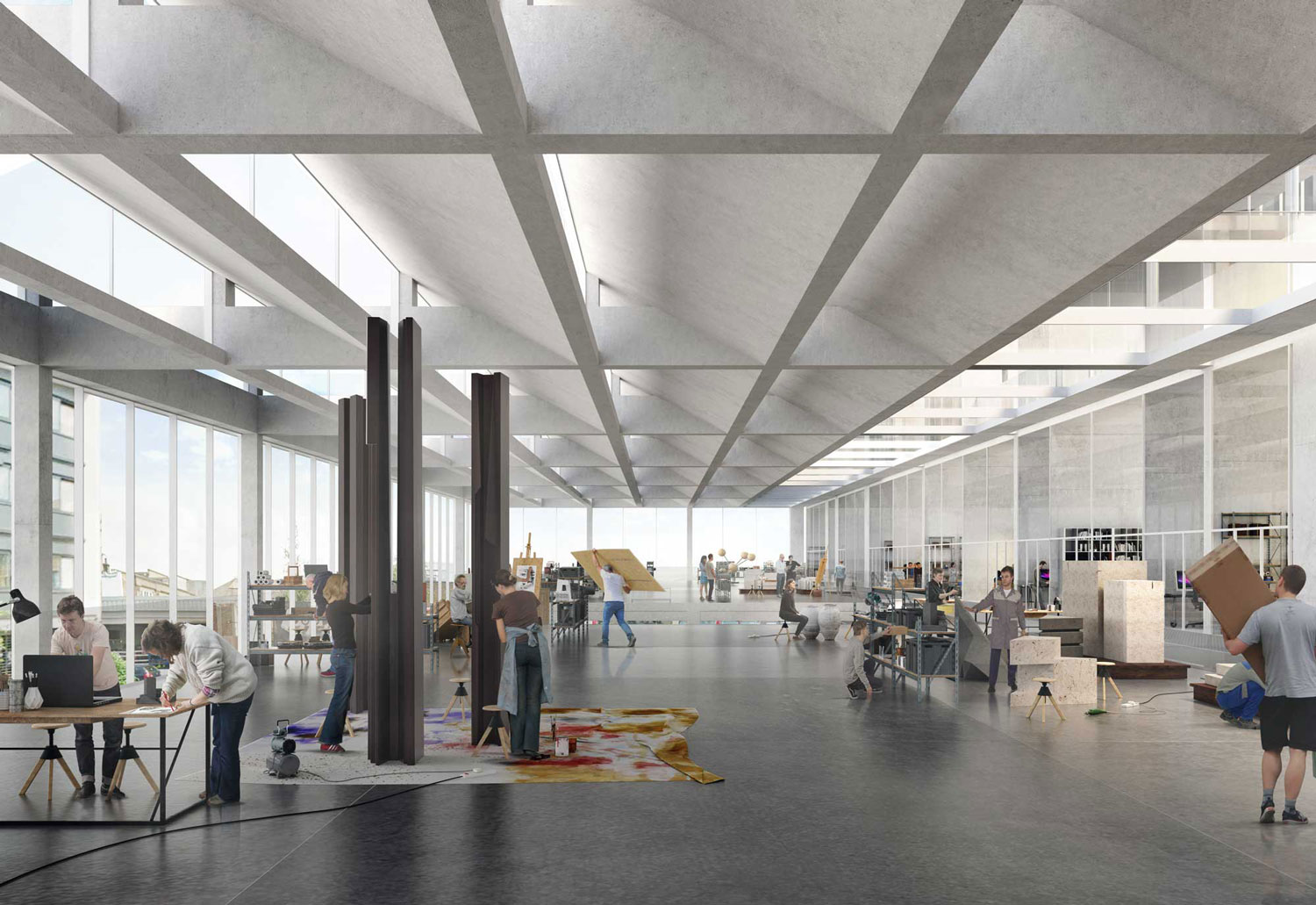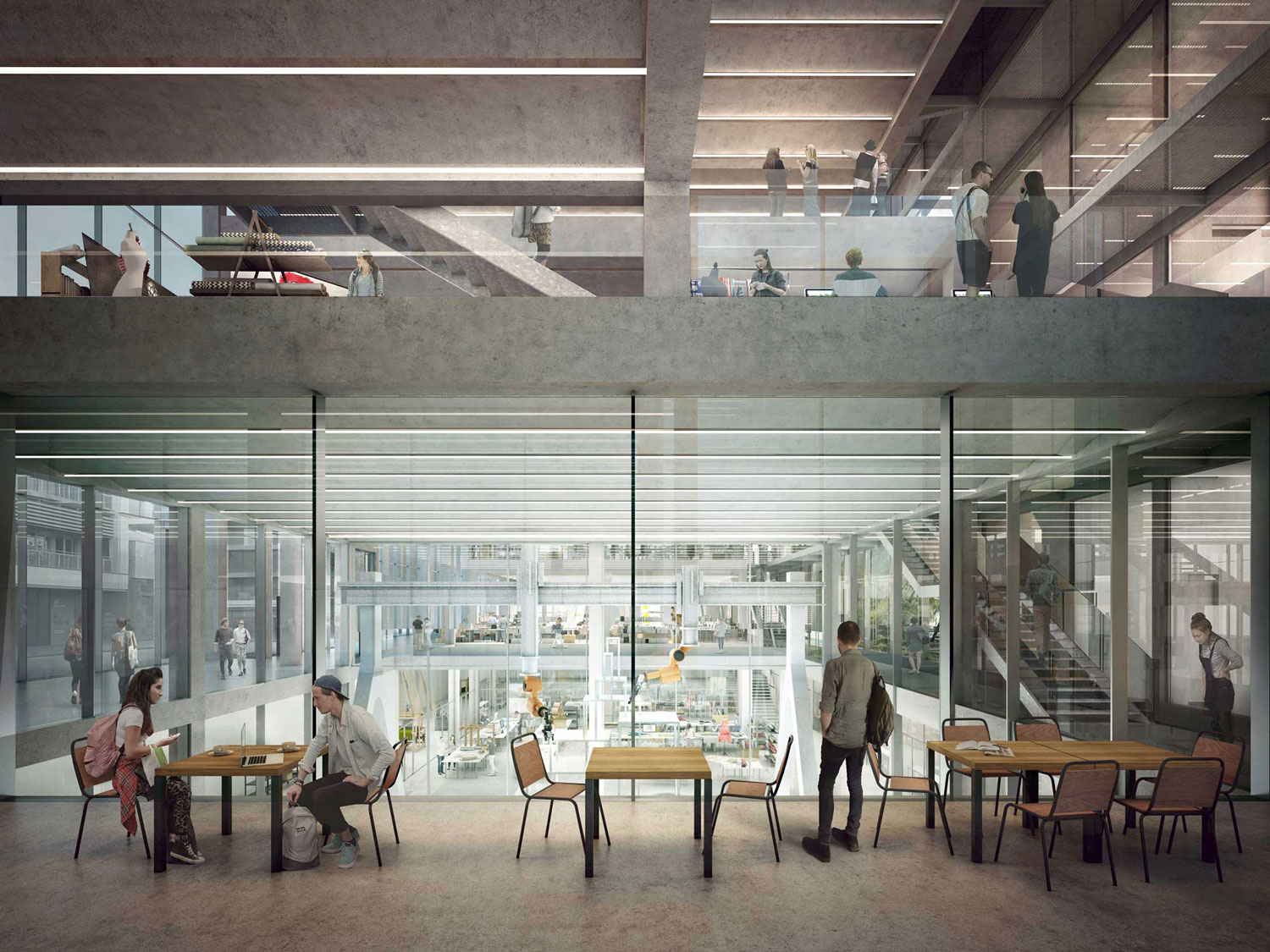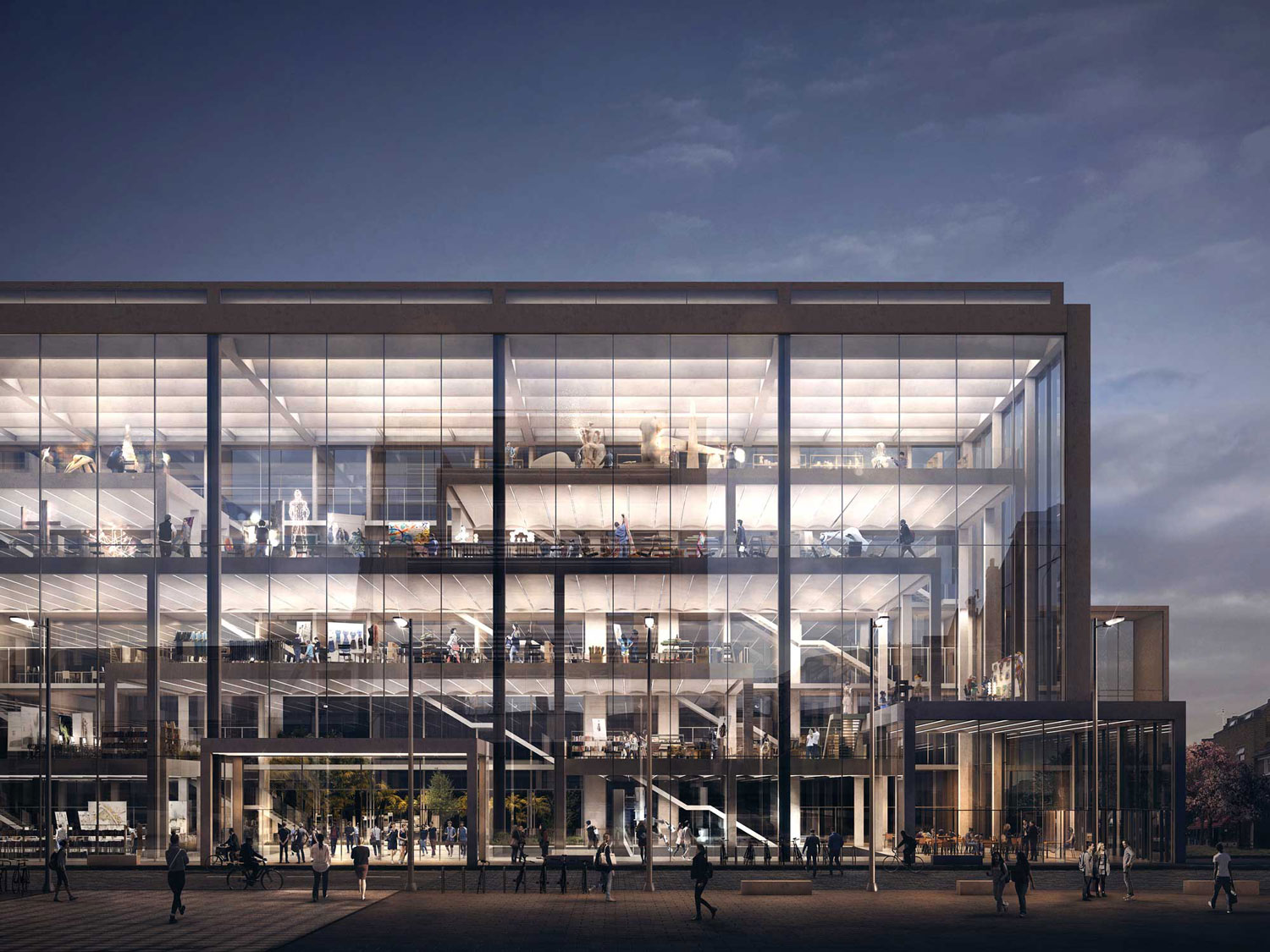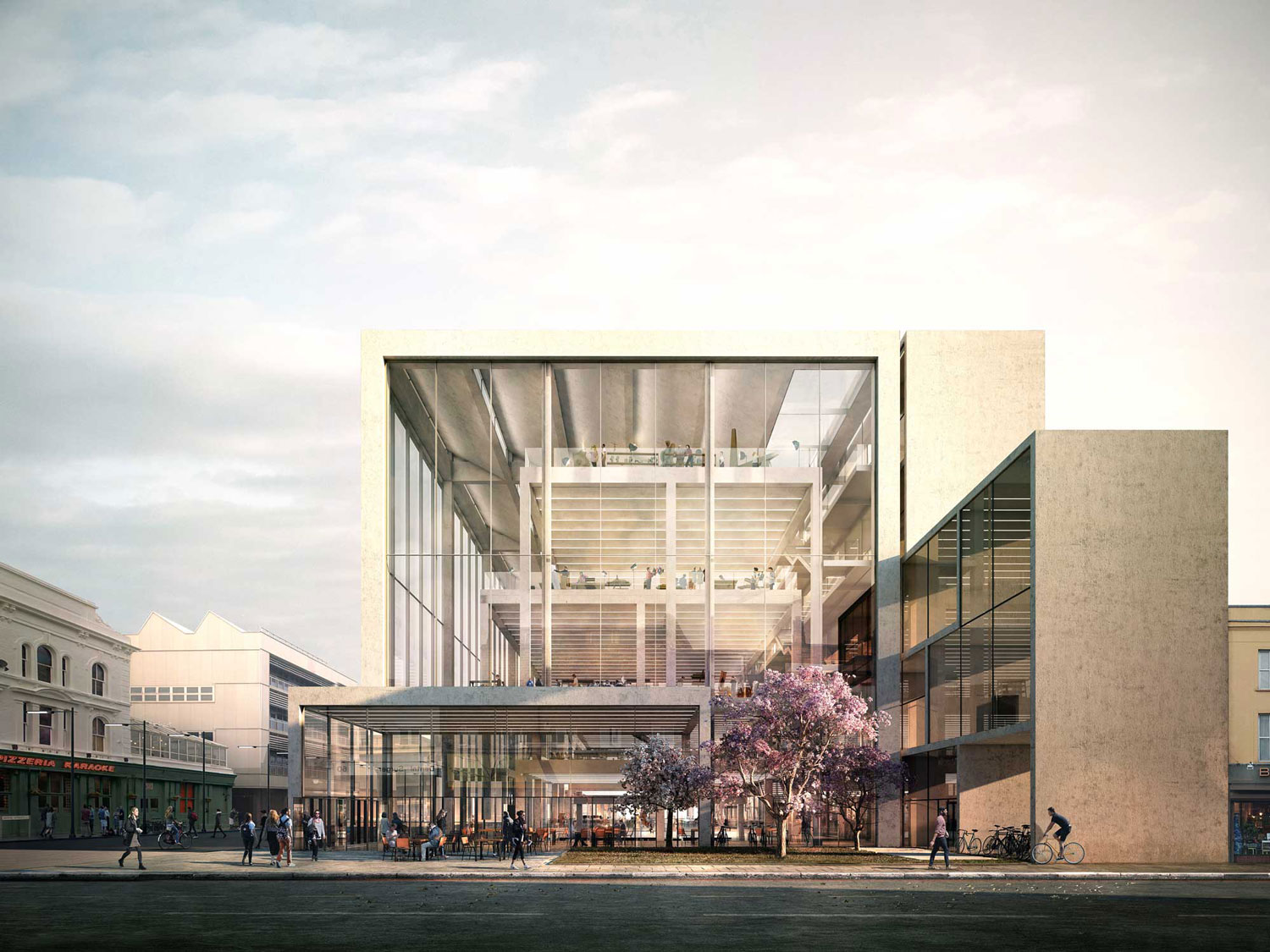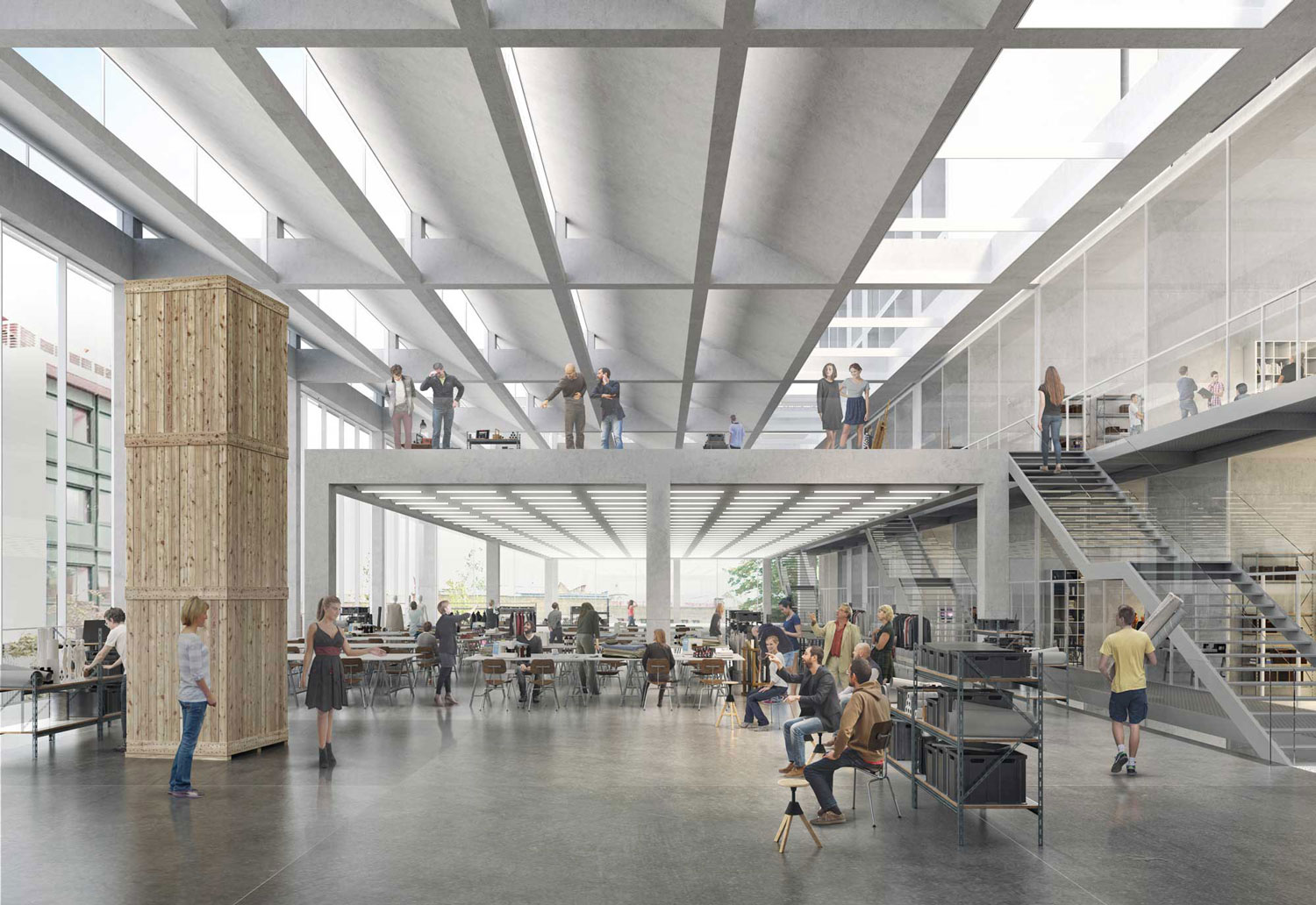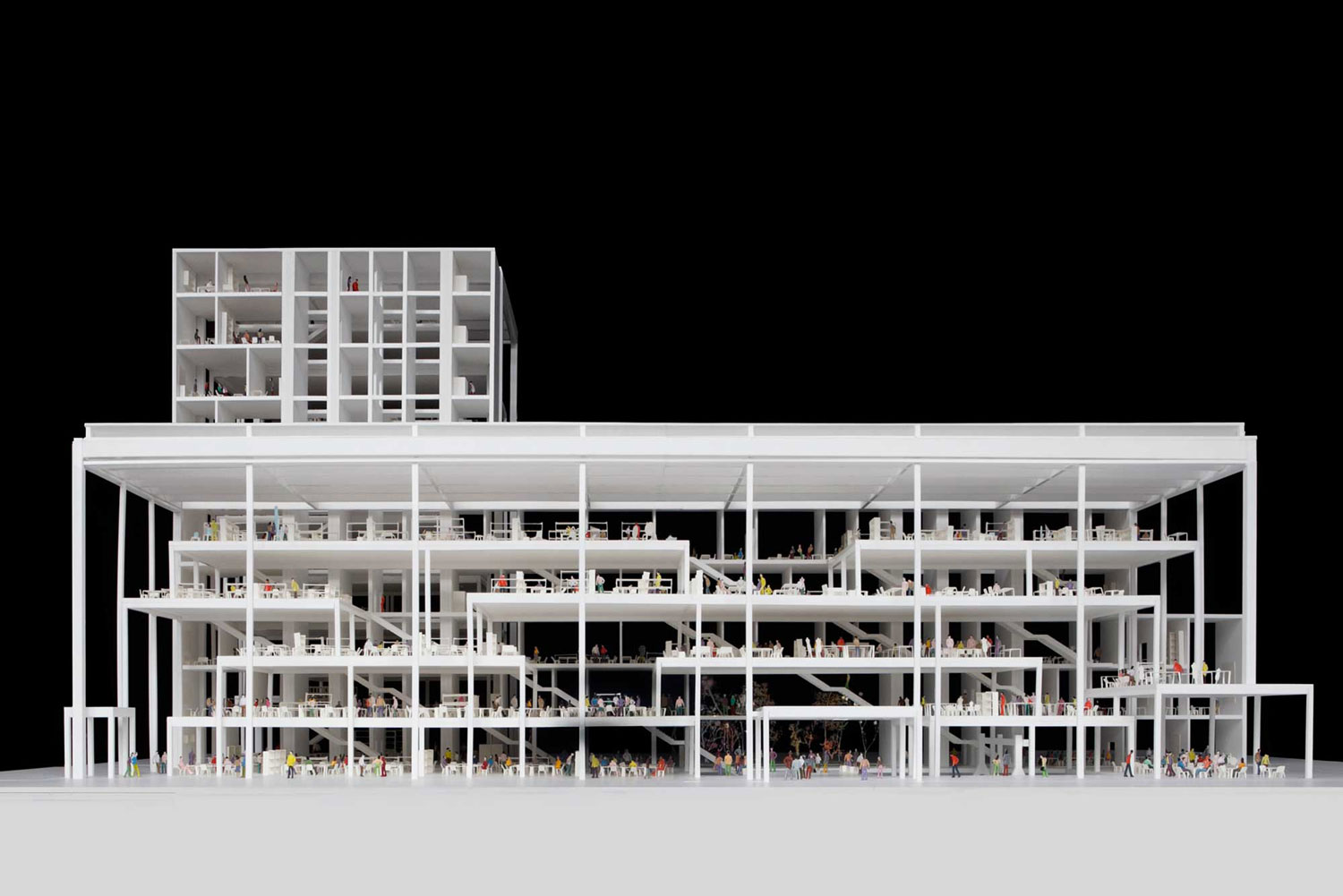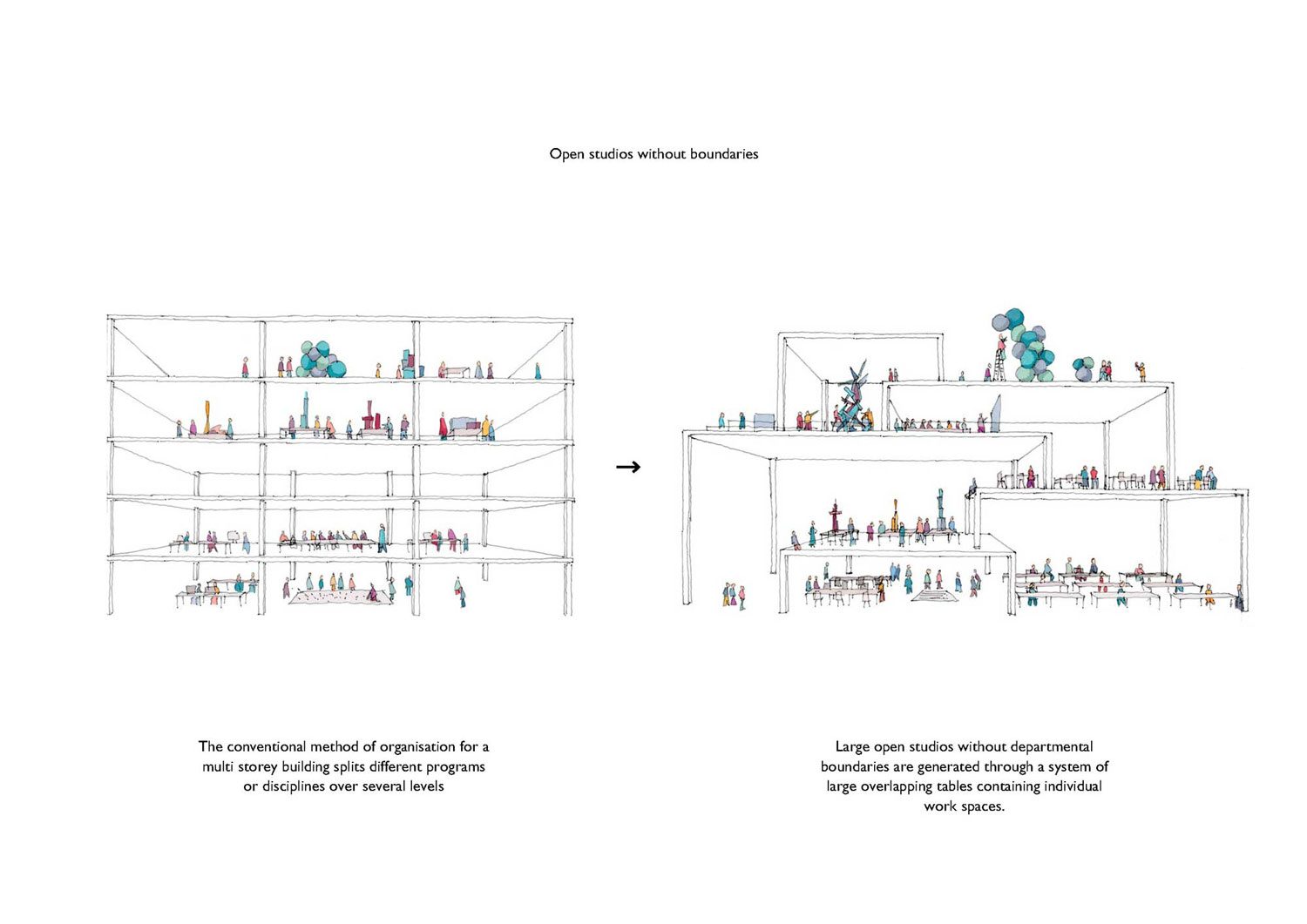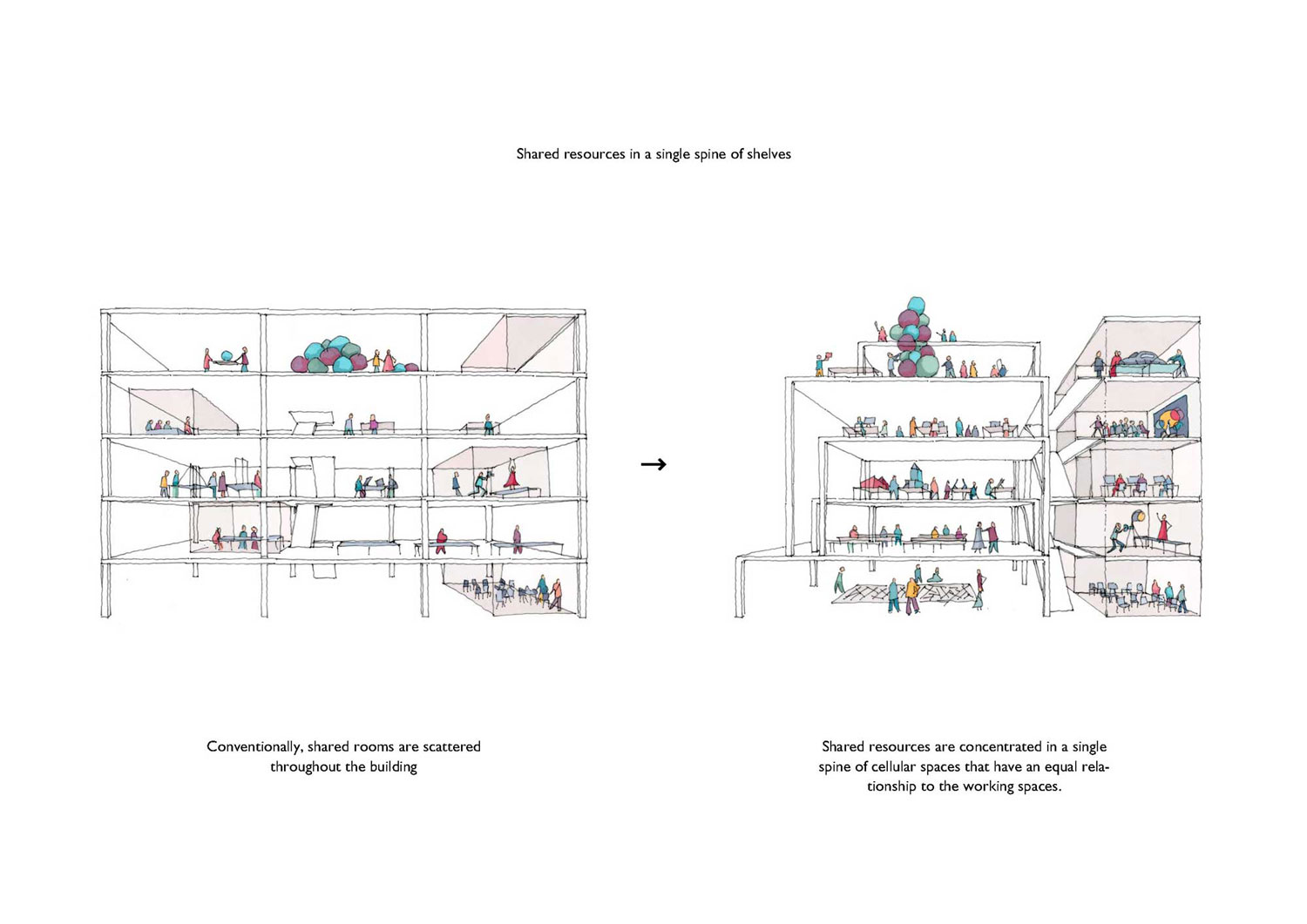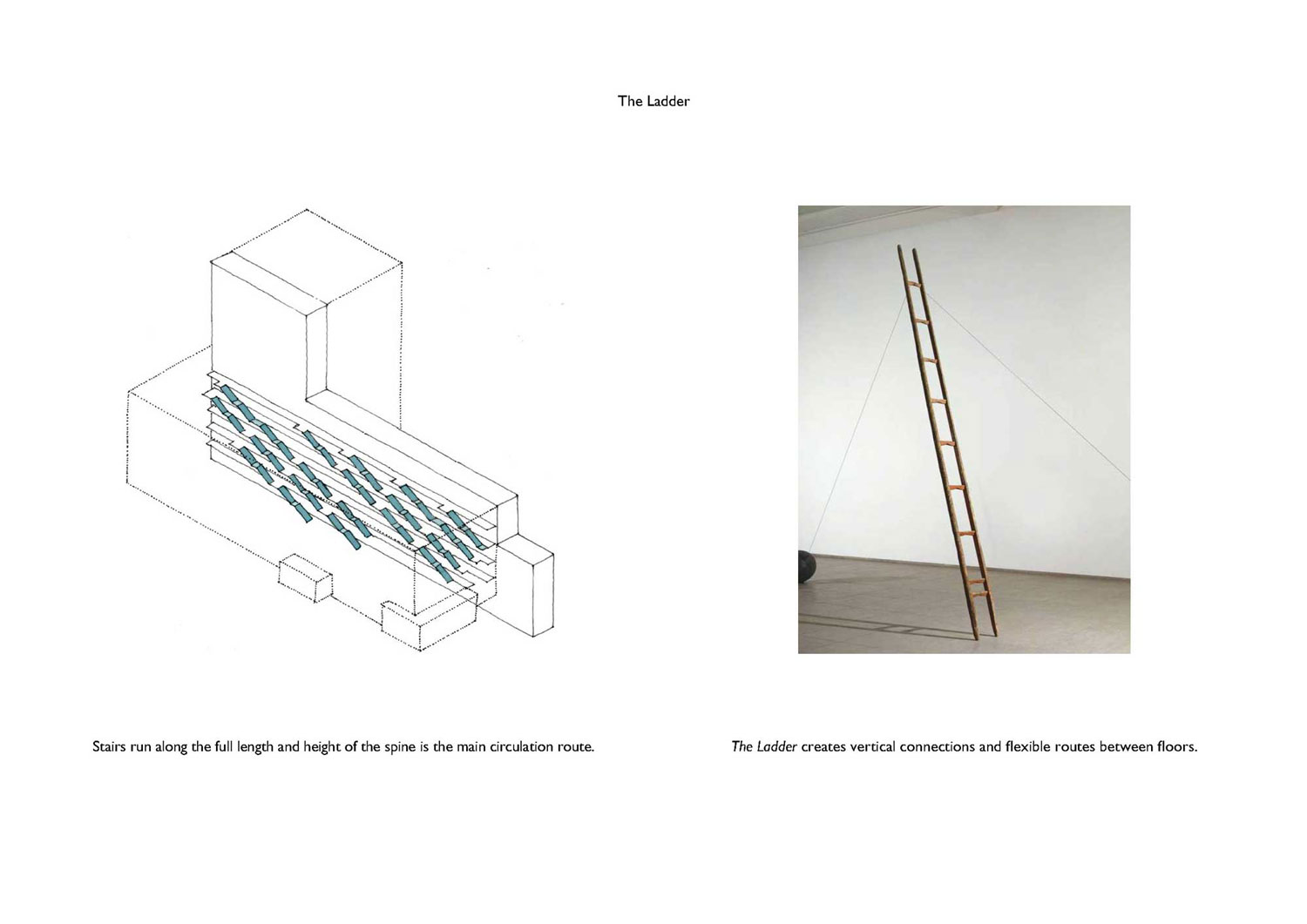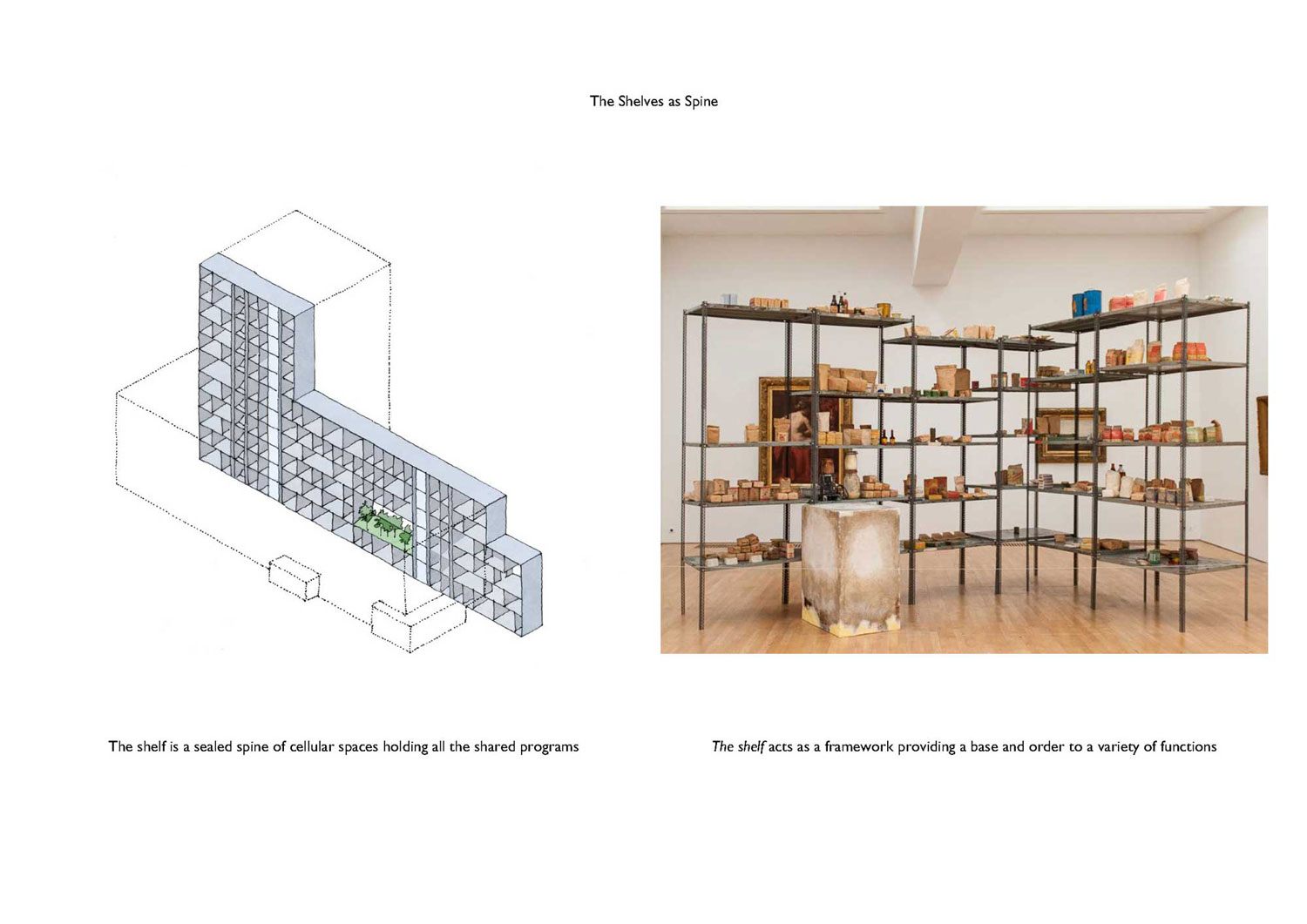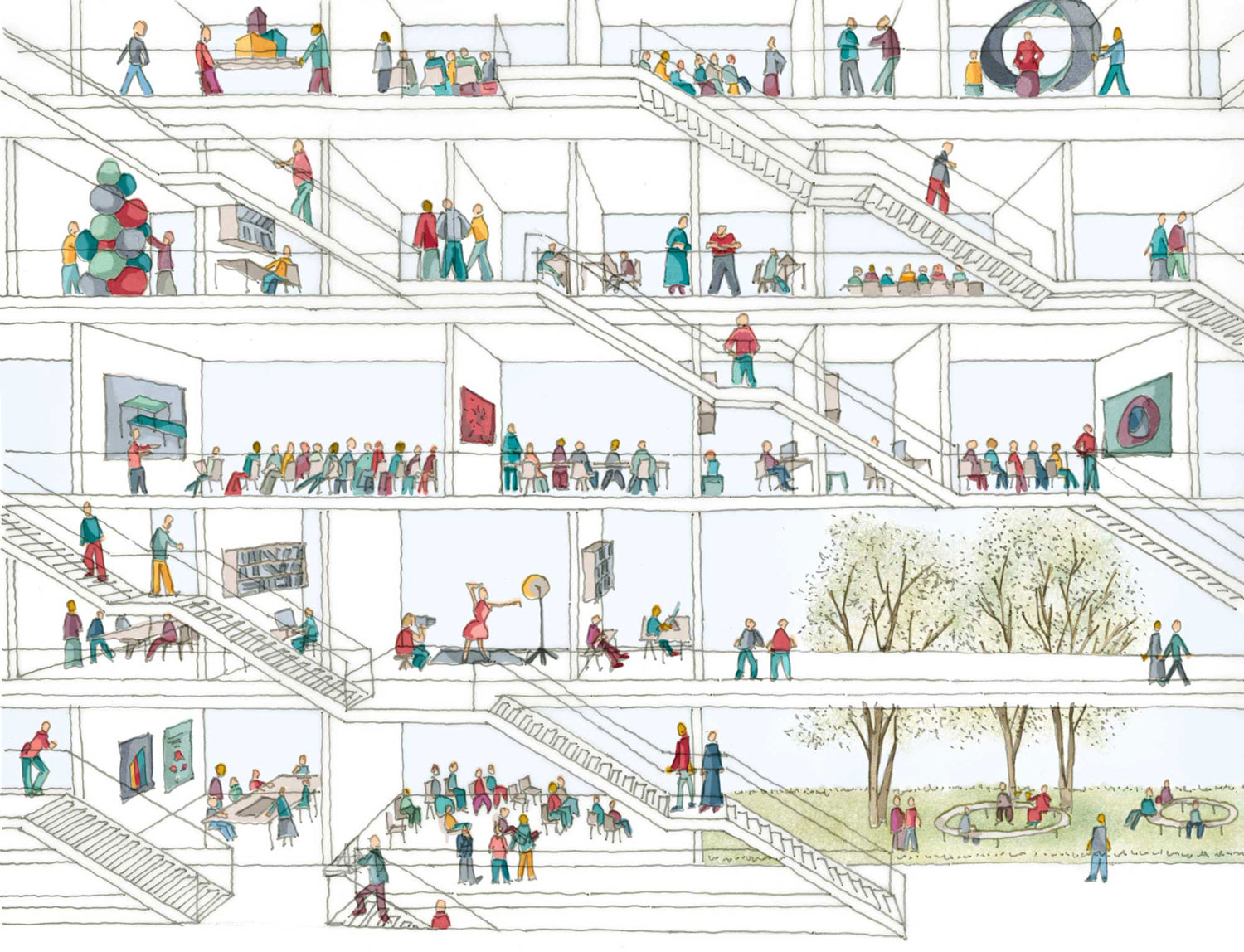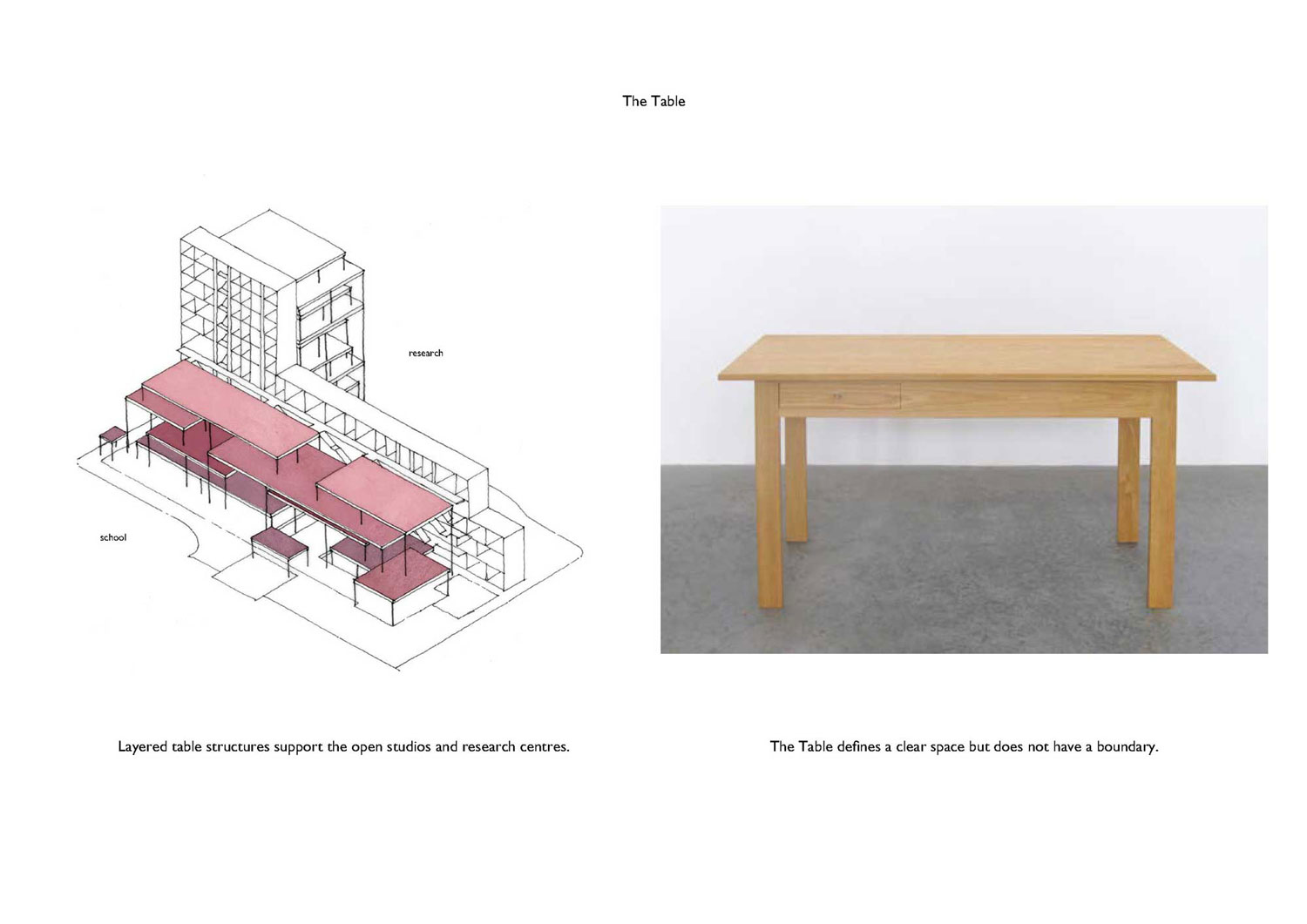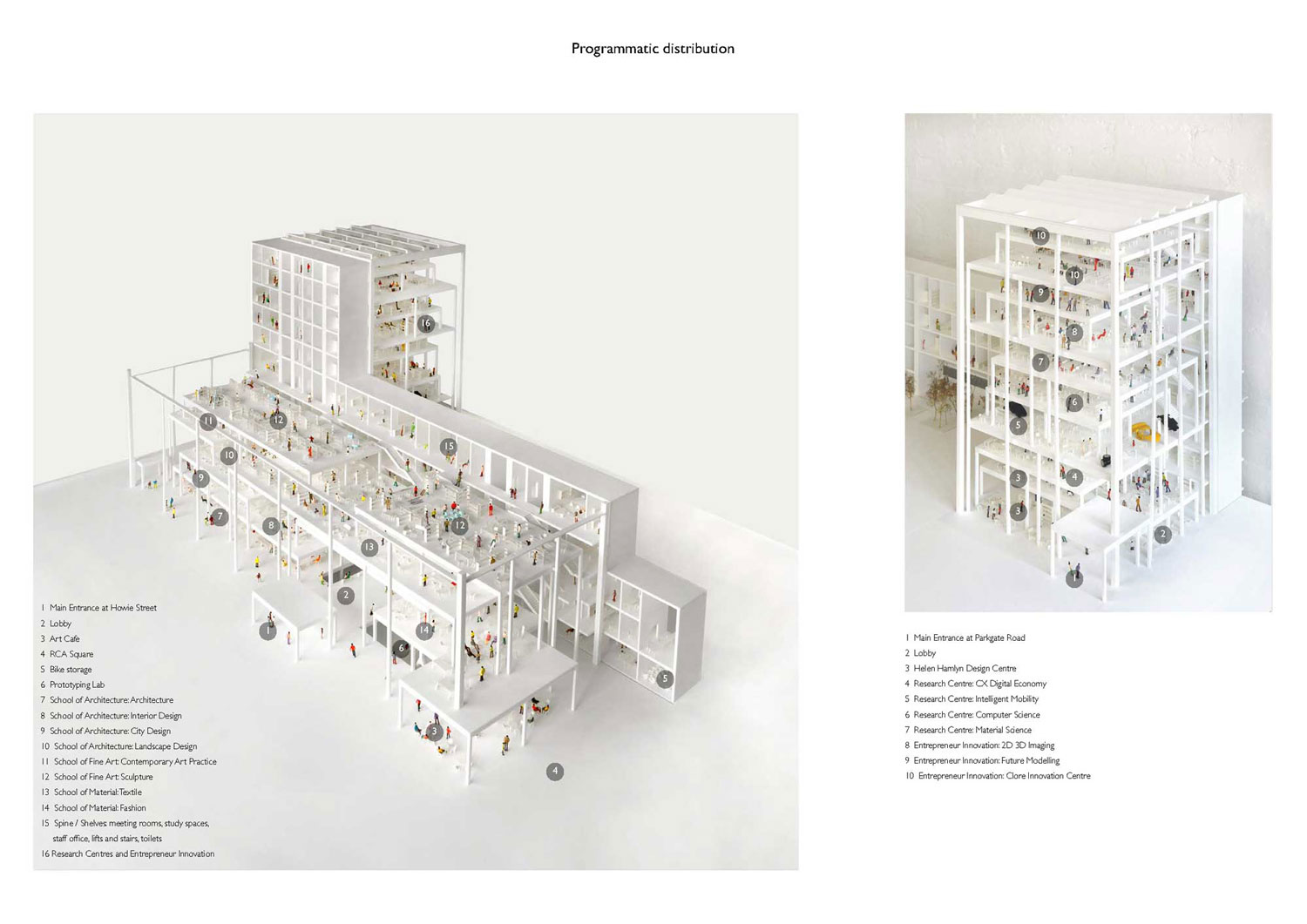2166-SER-LON.GB-2016
Client: Royal Academy of Arts
Status: Competition (2016)
Clasification: 2 prize
Location: London, United Kingdom
Coordinates: 51.4790661, -0.169415999
Climate: Oceanic / maritime, Temperate
Material: Concrete
Environment: Urban
Visualizer: Play-Time architectonic images
Scale: Large
Types: Education, Research center, University
The project has proposed a design for the Royal College of Art’s new Battersea South Campus. The project is for a new 15,000 sqm building to house the schools of architecture, material, and fine art alongside specialist research centres and entrepreneurial incubators. Workshops, film studios, and large scale prototyping labs were to be accommodated alongside individual workspaces, seminar rooms, and faculty offices.
The critical challenge of this project was the invention of a spatial model that encourages creative collaboration across academic disciplines. Our response is an innovative structural system based on the idea of stacked planes, or ‘tables’. Each table defines a particular space but is not enclosed within a wall. Tables overlap allowing visual connections between activities and the dissemination of ideas. Double and triple height spaces allow large format production and collective discussion. The resulting composition is open and highly visible: a celebration of the creative process in action.
The ‘tables’ for the school programs are placed in a single five storey volume running the length of the site with the tables containing the research programs stacked in a ten storey tower. Between the two volumes runs a narrow, spine like ‘shelves’ containing all the shared programs like classes, faculty rooms, small workshops etc. Connecting all the floors together are a field of ‘ladders’, open stairways that allow for a multitude of paths through the building.
The building elements of tables, spines, and ladders create a highly flexible and reconfigurable spatial system that can accommodate future changes in the school. Open platforms can be re appropriate by different schools as the student body changes, the table structures can be added to or removed and partitions in the shelves can be adjusted.
Flexibility is informed by the building structure. It is not value free flexibility but a flexibility that is propelled and organised by the logic of the architecture. This proposal introduces a new public space along Battersea Bridge Road that marks the entrance of the campus, helps integrate the building into the neighbourhood and form a centre for the wider creative community. Howie Street will be transformed into a pedestrian surface that will bind the existing Dyson, Woo, and buildings together with the new addition into one unified campus. The lobby is designed to be accessed from multiple points, from the future station at Battersea Park and also tapping into the existing circulation pattern.
The composition of tables accommodates and make visible the creative life and resources of RCA. The resulting architecture is a unique spatial model that is reduced to its very essence, a spatial model that promotes and enables collaboration and cross disciplinary learning. It encapsulates the two challenges that were given to us by the RCA. Firstly, the challenge to think of an architecture whereby when a student encounters it, she will be inspired by the incredible possibilities and resources that RCA has to offer and secondly the challenge to be inventive in finding an appropriate and yet radical spatial model that will meet the demands of learning, making and researching today and the future.

